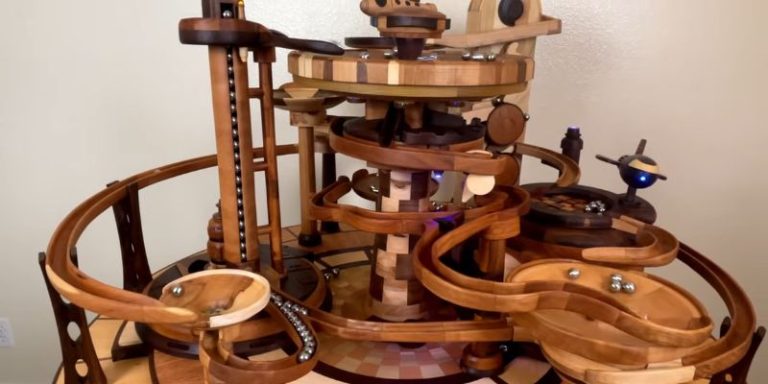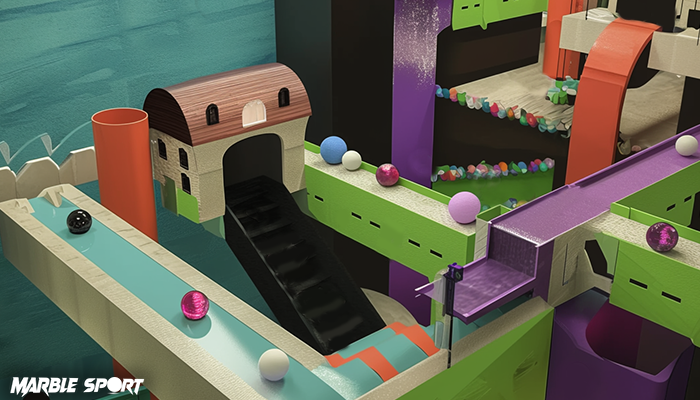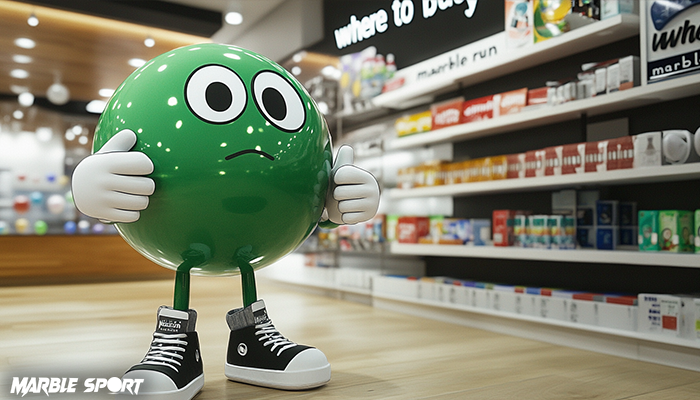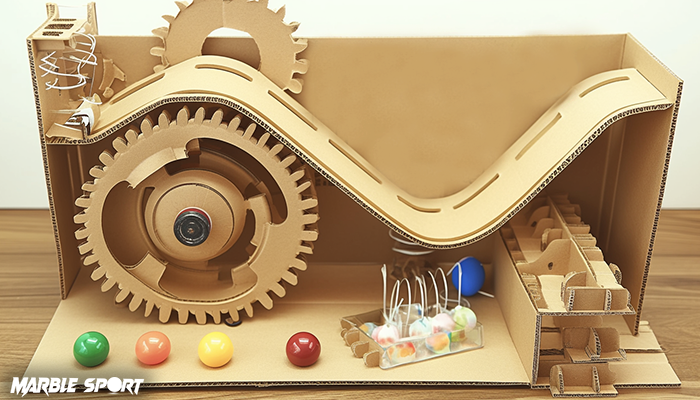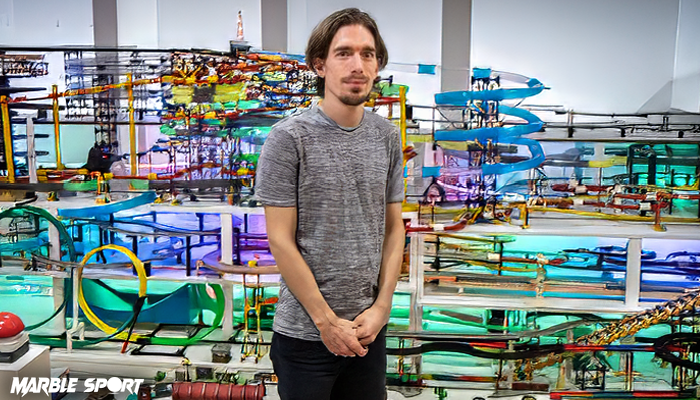How do marble runs work? A guide to marble mechanics
A marble run is a track system designed to guide marbles through ramps, loops, and obstacles using gravity and momentum. It’s a fun and interactive way to explore motion and engineering principles while sparking creativity.
As a core part of Marble Sport, marble runs bring physics to life in the most entertaining way. If you’ve ever wondered how do marble runs work, they rely on forces like gravity and enerygy transfer to keep marbles in motion. Whether for entertainment or STEM learning, they provide a hands-on experience that is simple to build, highly customizable, and perfect for both play and education.
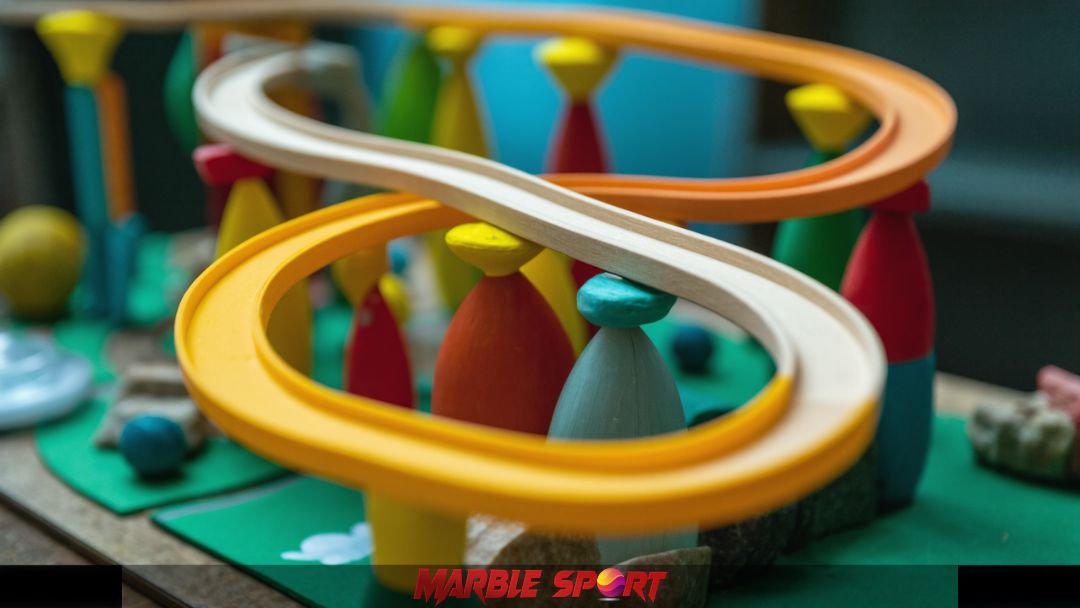
The basic mechanical of a marble run
Marble runs work by using gravity, momentum, and energy transfer to move marble through tracks, ramps, and obstacles. Here’s a closer look at the mechanics behind how they function.
Gravity and slopes
Gravity is the driving force in a marble run. Marbles start at a higher point, and gravity pulls them downward, causing them to roll along the track.
- Steeper slopes increase speed as marbles gain momentum.
- Gentler slopes create slower, more controlled movement
This balance of slopes keeps the flow smooth and prevents marbles from getting stuck.
Momentum and energy transfer
As marbles move down the track, they build momentum – the energy that keeps them rolling.
- Ramps and drops add bursts of speed
- Turns and spirals slow the marbles down, creating moments of suspense.
The movement also transfers kinetic energy, allowing marbles to navigate features like loops and jumps without additional force. If you’re interested in building a LEGO marble run at home, incorporating these elements can make your design more dynamic.
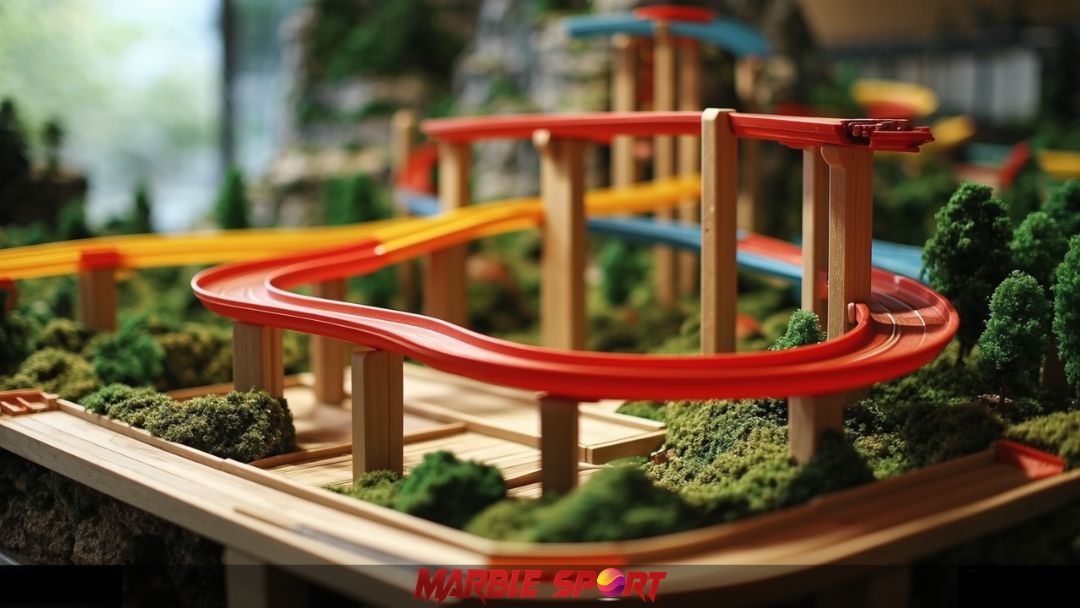
Obstacles and challenges
Many marble runs include funnels, barriers, and spinning wheels to add excitement and unpredictability. These elements alter the marble’s direction and speed, requiring careful design to ensure the track works smoothly.
- Funnels let marble spiral before continuing down the path
- Jumps and gaps test precision and add thrills to the run
For those who prefer a more strategic approach, check put this slow marble run building guide to extend the duration of the race and test patience.
Key components of a marble run
A marble run is made up of several key components that work together to create an exciting and functional track. Each part plays a specific role in guiding marbles, controlling their speed, and adding fun challenges. Let’s break them down:
Tracks and ramps
Tracks and ramps form the core pathways of a marble run, guiding marbles as they roll from start to finish
- Straight tracks: Provide smooth paths for marbles to pick up speed.
- Curved ramps: Help change direction and slow marbles down for controlled movement.
- Drops and slopes: Add bursts of momentum and keep the action exciting.
The placement of tracks and ramps determines the flow and pace, making them essential for building a smooth and engaging layout.
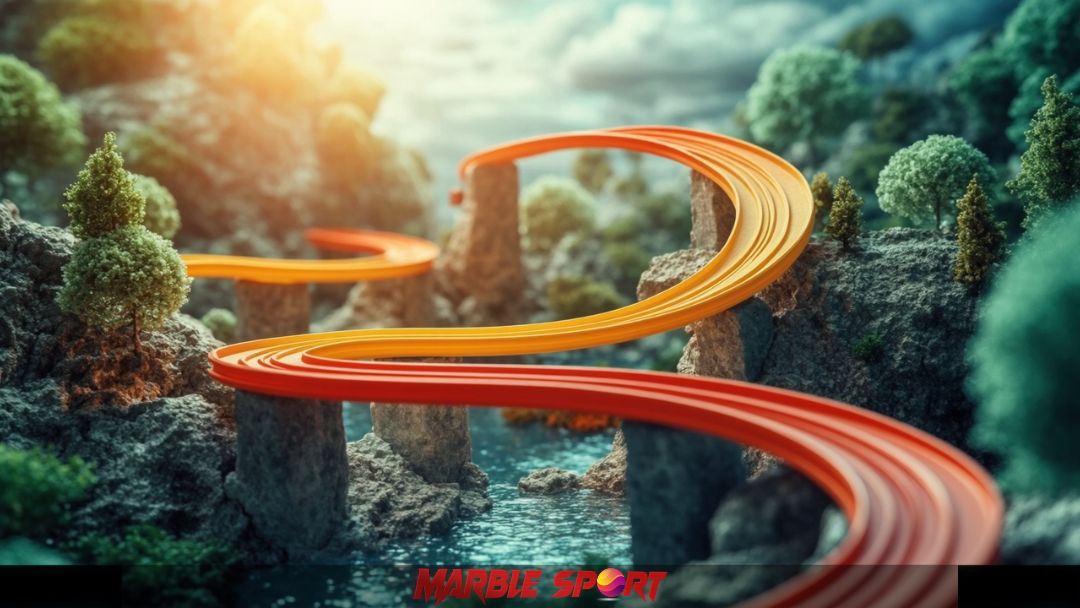
Supports and levels
Supports and levels create high variations, allowing marbles to roll down slopes using gravity.
- Stacked supports: Raise sections of the track to add elevation and complexity
- Bridges and towers: Connect different levels, making multi-story designs possible.
- Reinforcement: Keep structures stable and prevent wobbles during races.
Adding multiple levels not only makes the design more dynamic but also allows for faster speeds and longer runs.
Obstacles and features
To make a marble run more exciting and unpredictable, obstacles and interactive features are added:
- Funnels: Create spinning action and suspense as marbles spiral down before exiting.
- Jumps and gaps: Test the marble’s momentum and add a thrilling element of risk
- Barriers and spinners: Alter paths and slow marbles down to add variety and challenges.
These features keep the track engaging and fun to watch, adding both visual appeal and mechanical complexity.
Catchers and end zones
The end zone is where marbles stop and collect after completing the track.
- Trays and bowls: Hold marbles at the end, making it easy to restart the race
- Finish line markers: Highlight the endpoint for races and competitions
- Score zones: Allow players to keep track of points based on where marbles land.
A well-designed catcher ensures that marbles stay organized and prevents them from rolling away.
By combining these key components, a marble run becomes more than just a track—it becomes an interactive experience full of motion, challenges, and fun surprises.
How marble maintains motion
The motion in marble runs relies on basic physical principles like gravity, energy transfer, and friction. These forces work together to keep marble rolling smoothly through ramps, curves, and obstacles. Let’s break down
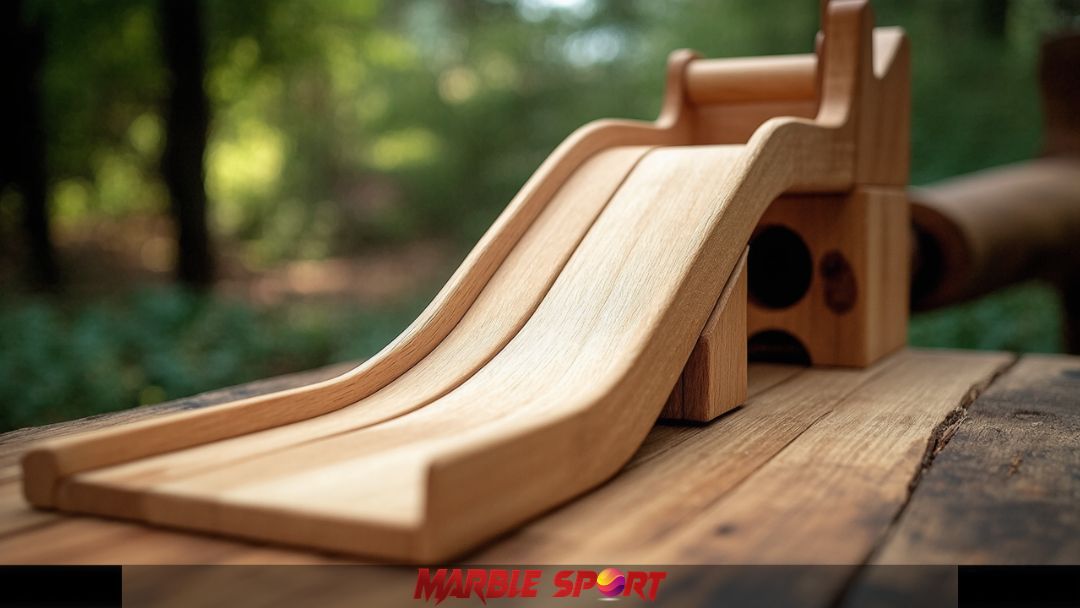
Gravity’s role
Gravity is the driving force behind every marble run
- Marbles start at a higher point, and gravity pulls them downward, converting potential energy into kinetic energy (motion)
- Steeper slopes give marbles more speed, while gentle angles slow them down for controlled movement.
- Gravity also ensures marbles can continue rolling without the need for motors or external pushes
The placement of ramps and drops takes advantage of gravity to maintain momentum throughout the track.
Energy transfer and momentum
As marbles roll, they build momentum, which keeps them moving through turns, loops, and obstacles.
- Kinetic energy (movement) transfers from one section of the track to another, pushing marbles forward.
- Features like tunnels and spirals temporarily slow the marble, storing energy before releasing it in bursts for the next section.
- Drops and jumps rely on momentum to carry marbles across gaps or through loops without stopping.
For younger builders and parents, it’s helpful to understand what age is marble run for to find the right type of setup for each skill level.
Friction and resistance
While gravity and momentum move marbles, friction, and resistance can slow them down.
- Track materials: Smooth materials like plastic or PVC reduce friction for faster runs, while tougher surfaces like cardboard create more resistance and slower movement.
- Angles and turns: Sharp angles and tight curves can slow marbles, while wider curves keep them rolling smoothly.
- Weight and size: Heavier marbles tend to roll faster, but lighter marbles may be more affected by friction
Builders can adjust angles, and materials, add features to control friction, and fine-tune the track’s performance.
A well-designed marble run is all about balancing forces. Gravity provides the power, momentum carries marbles through obstacles, and friction keeps movement under control.
FAQ marble runs work
What slows a marble down in a marble run?
Friction from the surface, tight curves, and small obstacles can reduce its speed.
What makes a marble run a STEM project?
It combines science (physics), technology (design), engineering (structure), and math (measurements).
Can a marble run be used in school projects?
Absolutely! It's a popular STEM activity for demonstrating physical forces and engineering skills.
Is a marble run good for a science experiment?
Yes, it's great for testing speed, slope, and material effects on marble movement.
